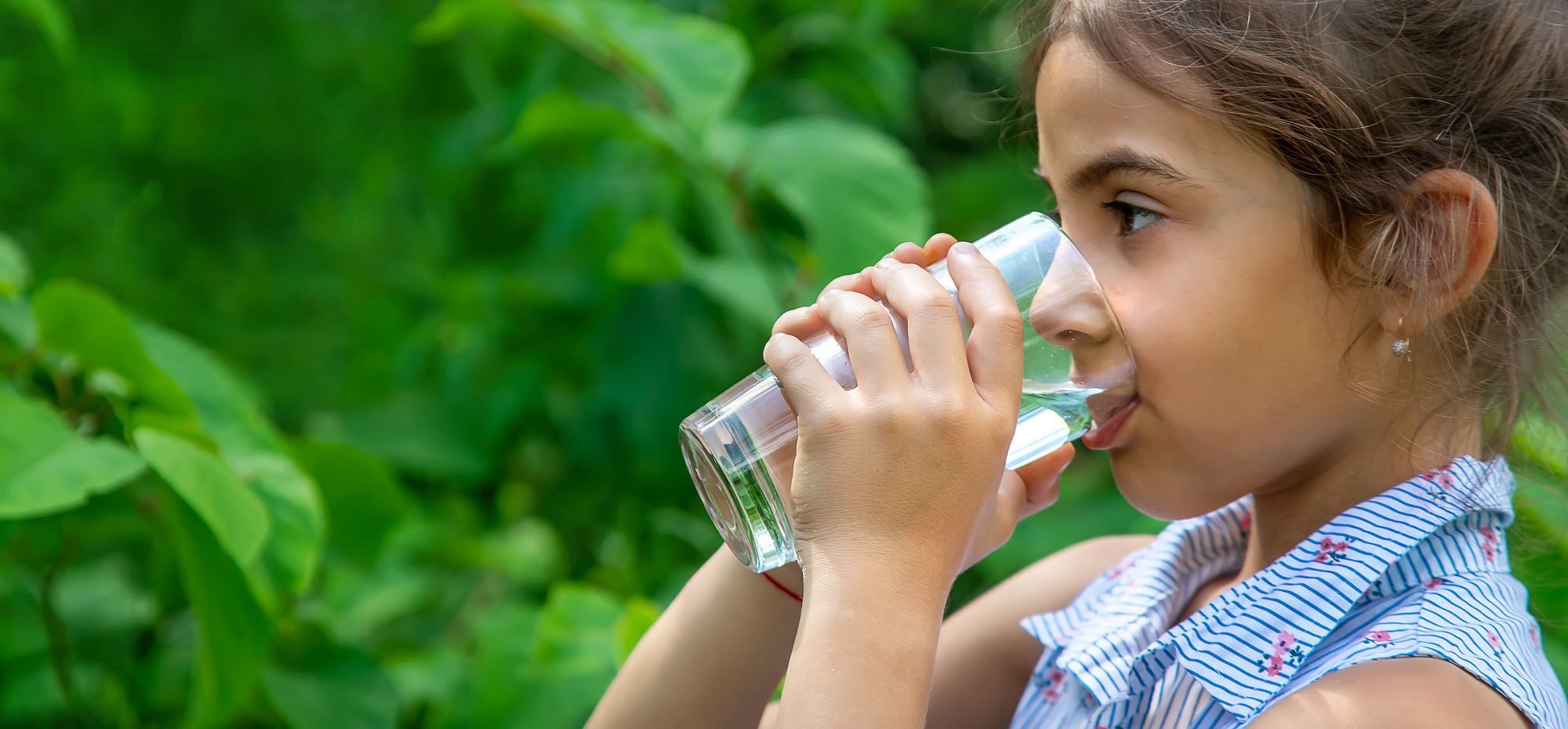Disaster Supplies Checklist
Emergency situations that may cause you to have to leave your home quickly can arise at any time. Having a disaster safety kit can help you be better prepared and to lessen the impact of any disaster on everyone in your household.
There are six basic items that should be in every disaster safety kit.
Clothing and Bedding
Keep at least one complete change of clothing and footwear, suitable for your climate, per person in the disaster kit. Consider including blankets or a sleeping bag to help keep warm if living in a colder climate.
First-Aid Kit
Include a first-aid kit with the following items:
- Antiseptic cream or disinfecting pads
- Soap (for cleaning)
- Assorted sizes of safety pins
- Hand sanitizer and sanitizing wipes
- Non-latex gloves, scissors, tweezers
- Digital thermometer
- Non-prescription drugs (pain relievers, etc.)
- Waterproof bandages and gauze
- Sunscreen, tube of petroleum jelly and insect repellant
Food
Keep at least a three-day supply of non-perishable food in your disaster kit. Select foods that require no refrigeration, preparation or cooking. If you have young children, consider adding a couple of their favorite non-perishable snacks as comfort food. Replace stored food every six months.
Tools and Emergency Supplies
Some tools and additional emergency supplies that you might want to include in a disaster kit include:
- Battery-operated radio with extra batteries
- Cash or an extra credit card
- Disinfectant, such as household chlorine bleach
- Extra glasses, contact lens case and solutions
- Fire extinguisher; flashlight and extra batteries
- Matches in waterproof container
- Needles and thread; tape
- Non-electric can opener, utility knife
- Paper; pen or pencil
- Personal hygiene items (toilet paper, soap)
- Plastic bucket with tight lid; plastic garbage bags with ties (for personal sanitation uses)
- Pliers, wrench (to turn off home’s gas and water)
- Signal flares; whistle; compass
Water
Keep at least a three-day supply of water per person, or about three gallons — two quarts for drinking and two quarts for food preparation and sanitation needs. If you have pets, be sure to include extra water for them. Store the water in clean, sealed containers such as polyethylene (PET) bottles or glass. Check for leaky containers and replace periodically.
Special Items
Keep a three-day supply of prescription medication on hand for all family members who need them. People with young children may need to include diapers or formula in their kit. Also keep a portable, waterproof container with any important records such as wills, insurance policies, deeds and other important legal documents, bank/credit card account numbers, family records (birth, marriage, death certificates) and important telephone numbers.
If family members need prescription eyeglasses, contact lenses and solution, hearing aids or picture boards, make sure to include these in your kit.
Toilet paper, garbage bags, plastic ties, feminine hygiene supplies, pet supplies, childcare and baby supplies are a few more essential items.
Store the items that you’ve chosen for your disaster kit in a container that is easy to locate and carry. If the storage container isn’t waterproof, place individual items in sealed plastic bags. Check the contents of your kit every six months and replace items as needed.
Source https://www.cdc.gov/phpr/prepareyourhealth/PersonalNeeds.htm
How NSF Can Help You
Get in touch to find out how we can help you and your business thrive.

What’s New with NSF

GMP and Regulatory Compliance Virtual SupplySide Connect New Jersey Training
January 30, 2025
NSF Granted Reauthorization as a CMMC Third-Party Assessment Organization
January 8, 2025
Sustainable Foods Summit 2025
January 2, 2025